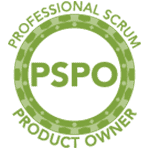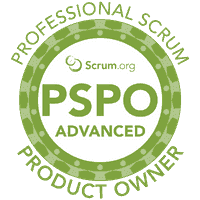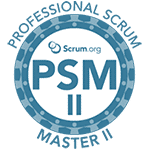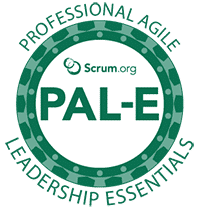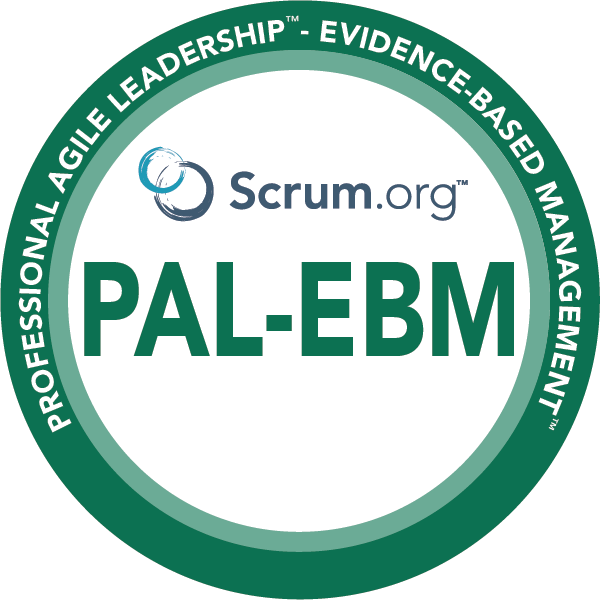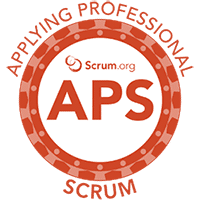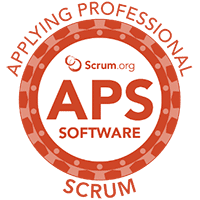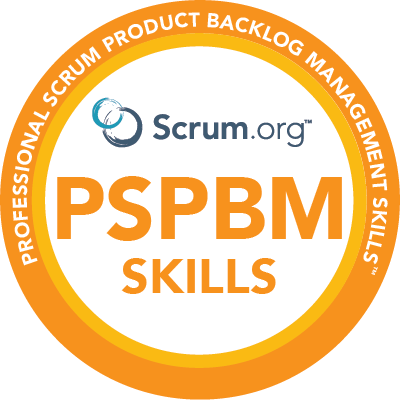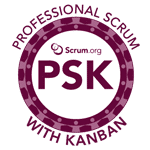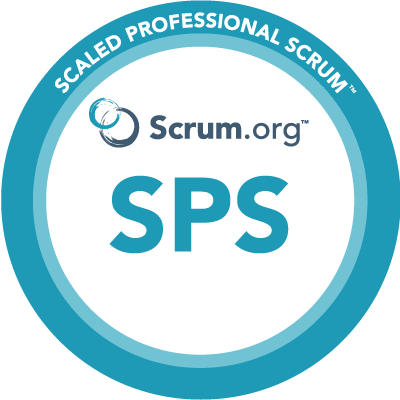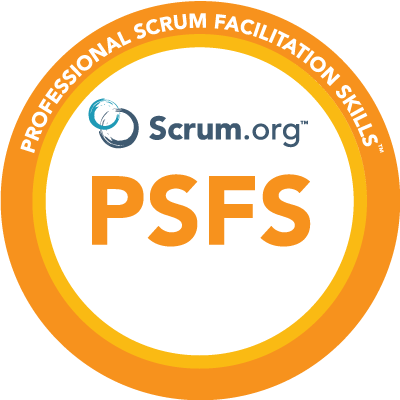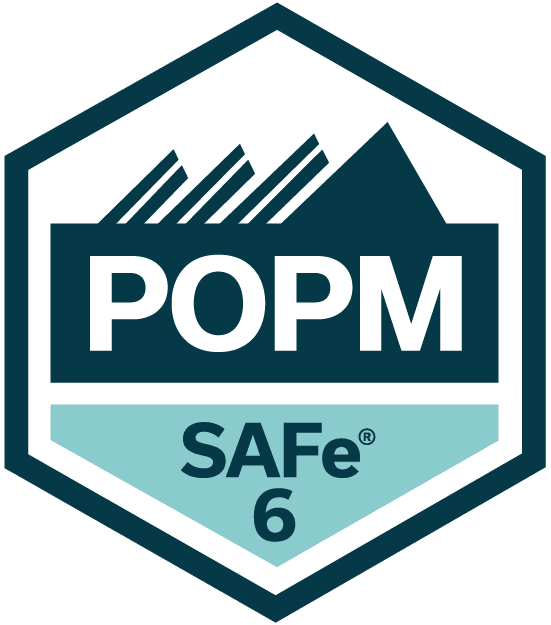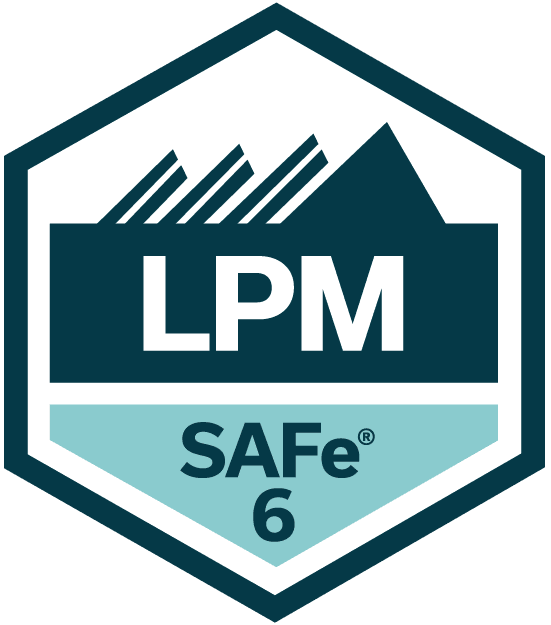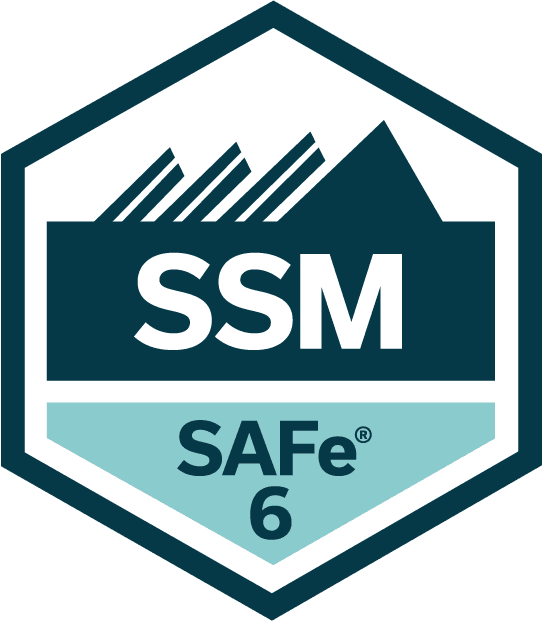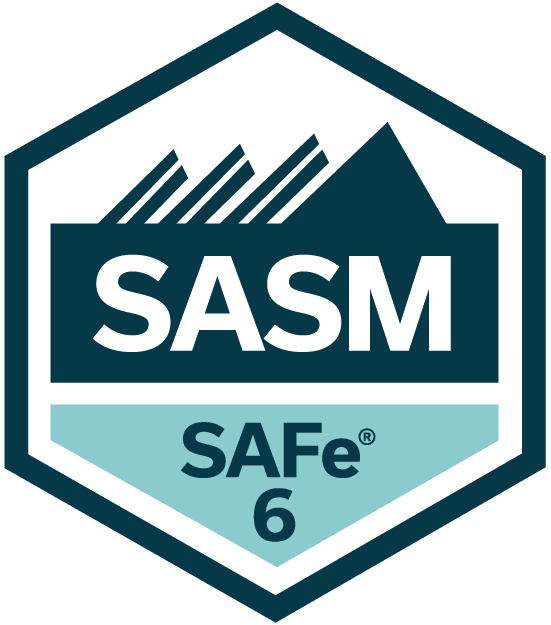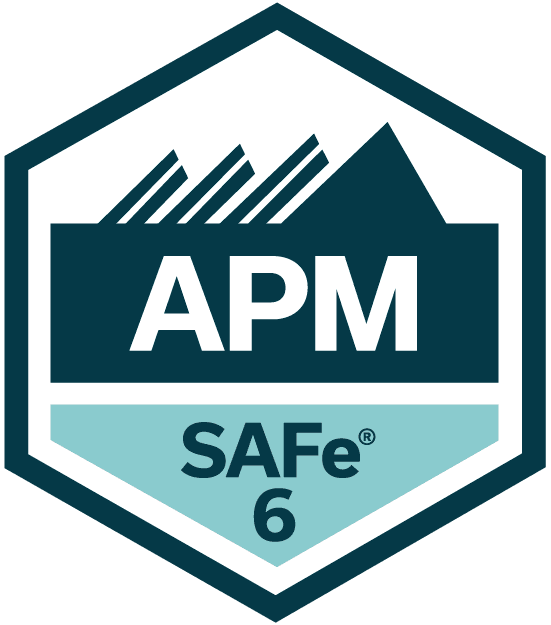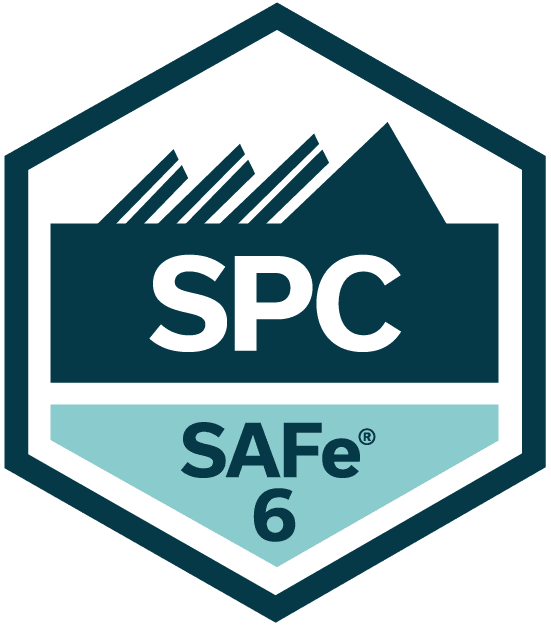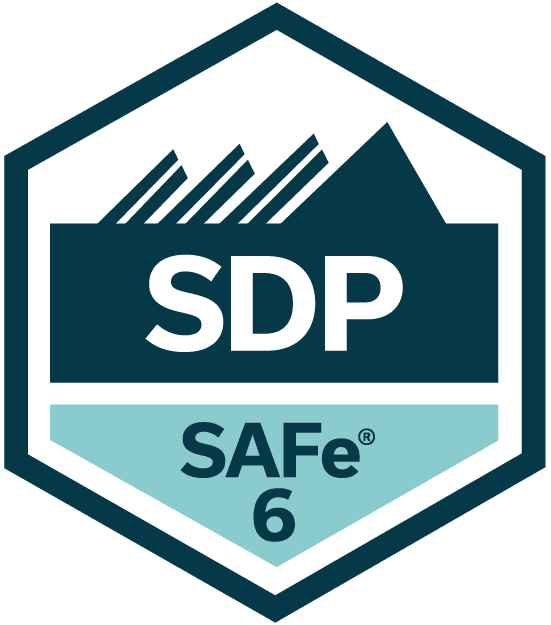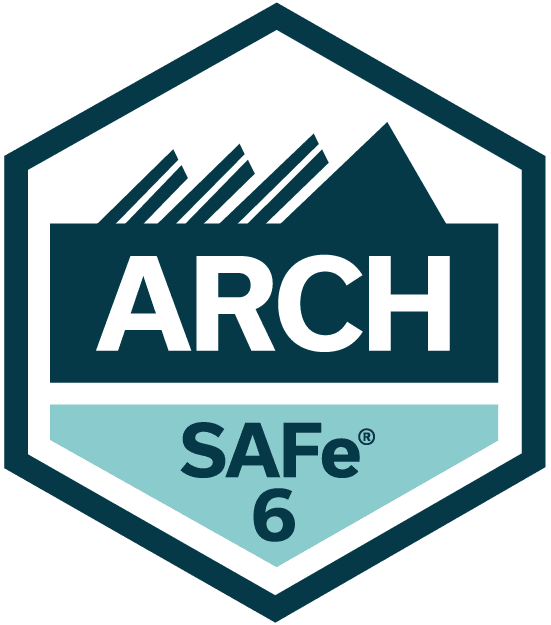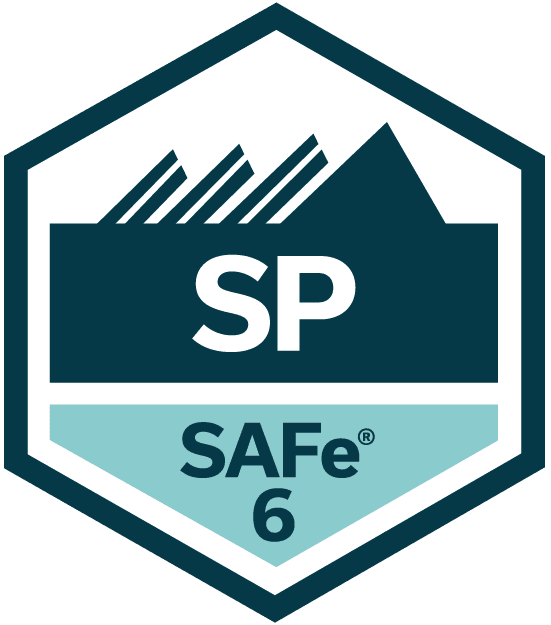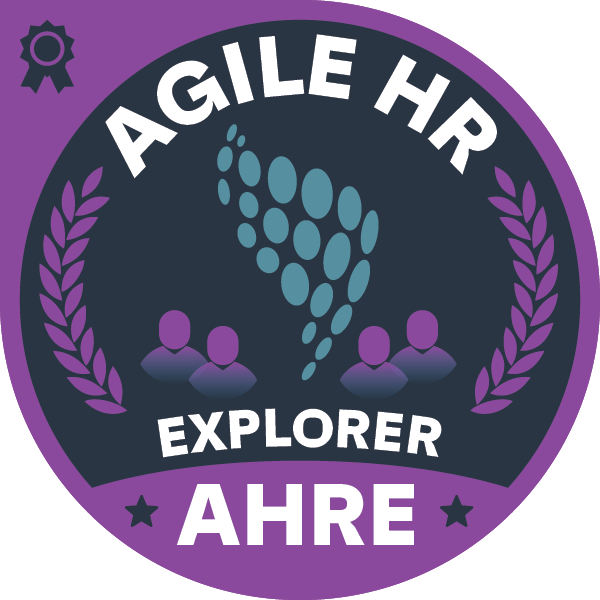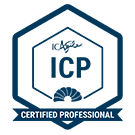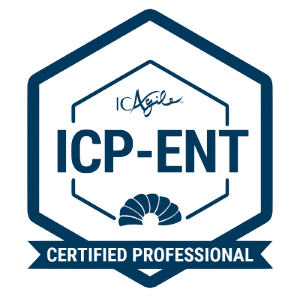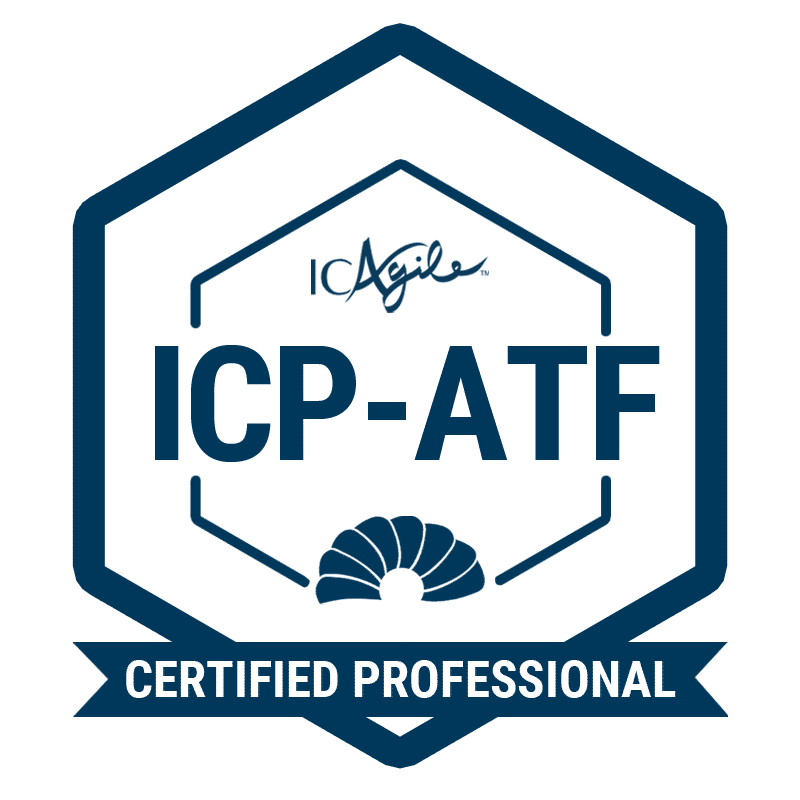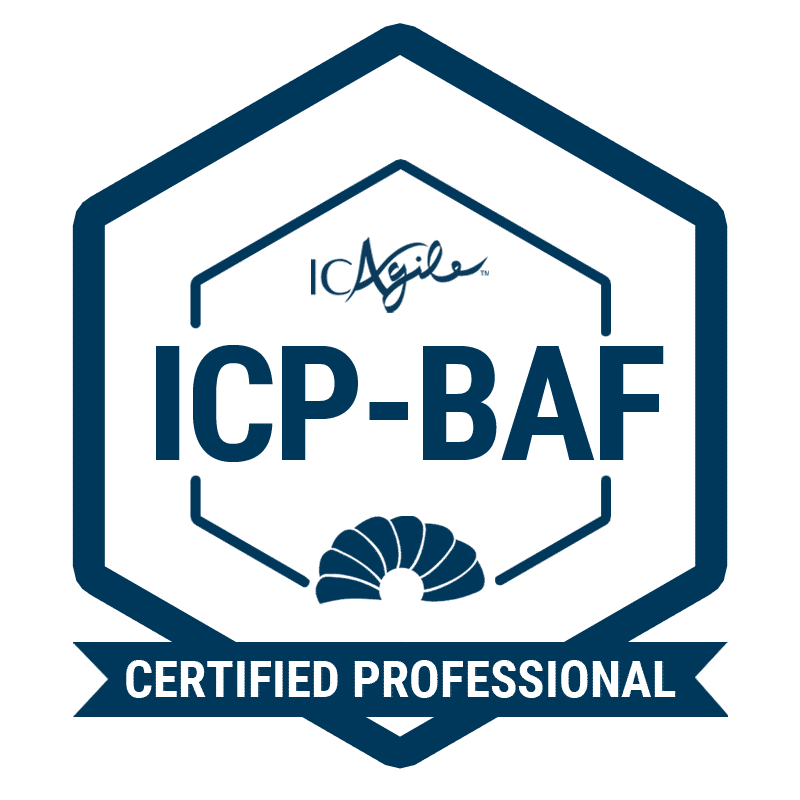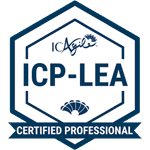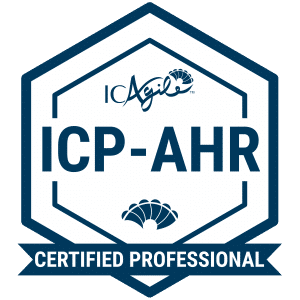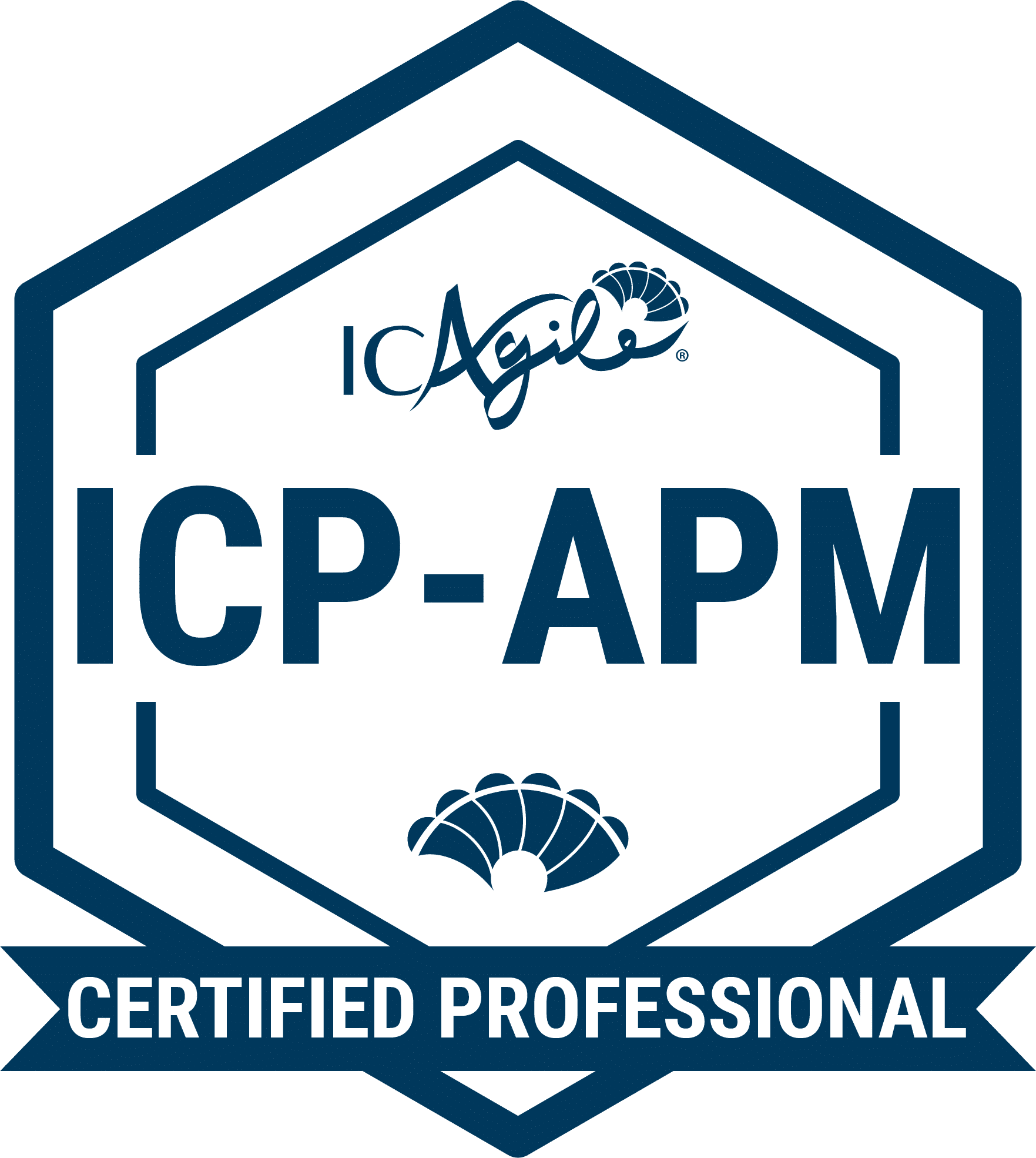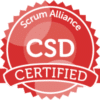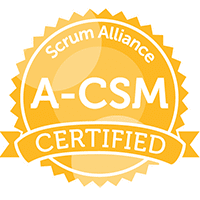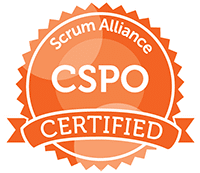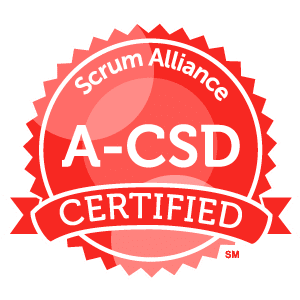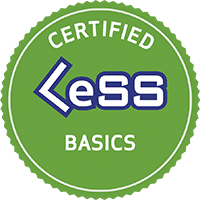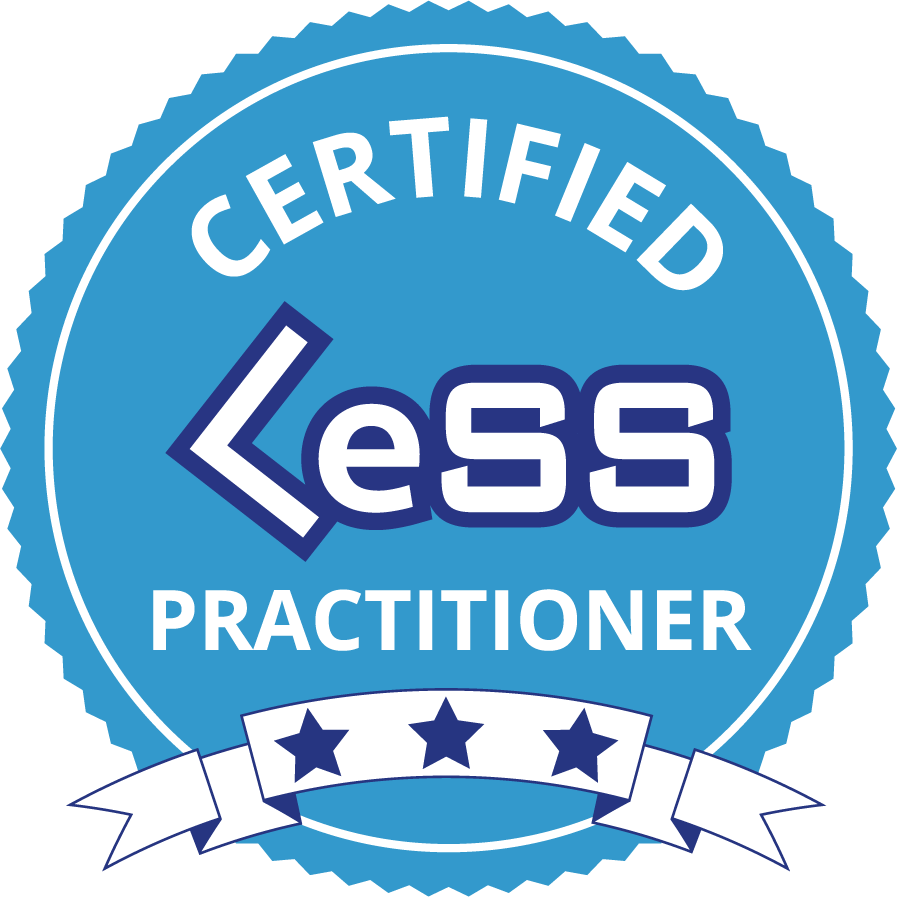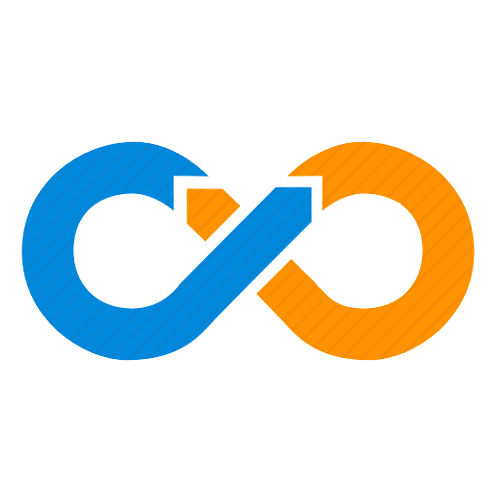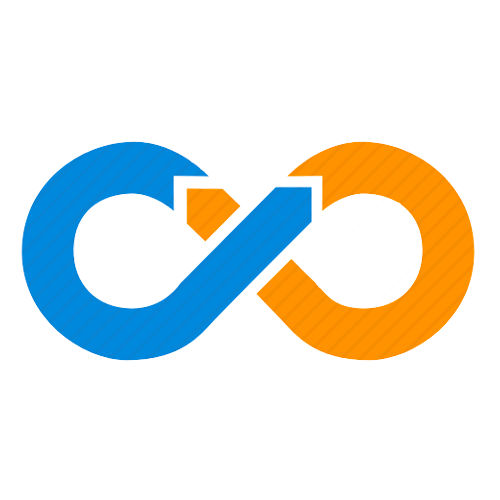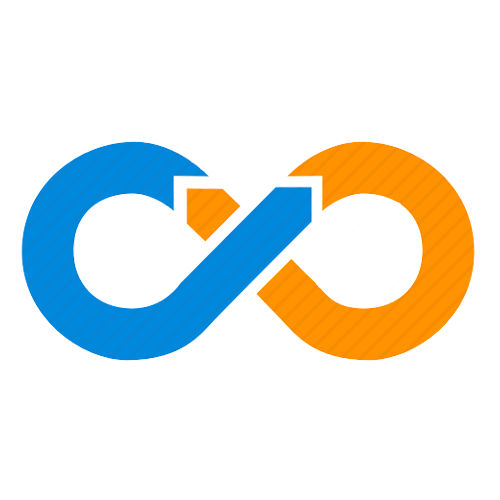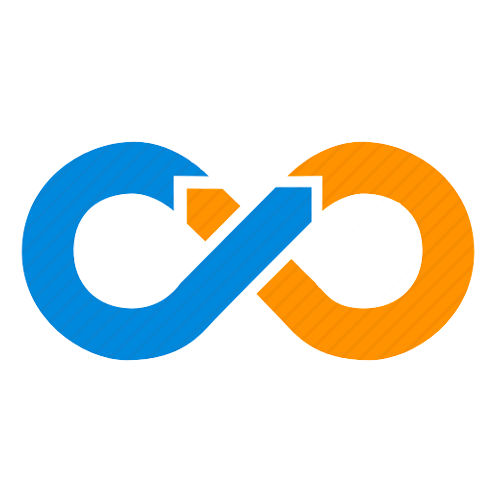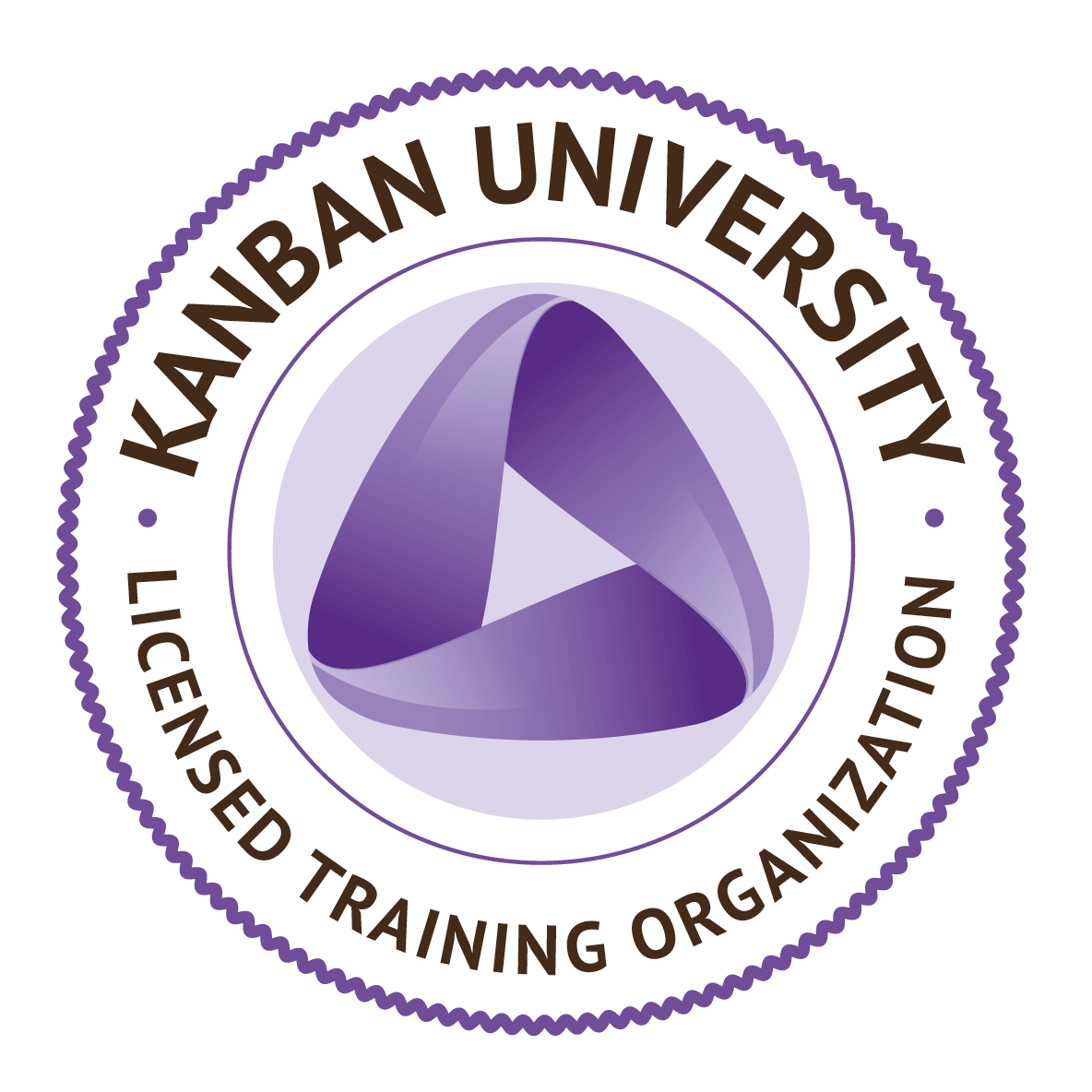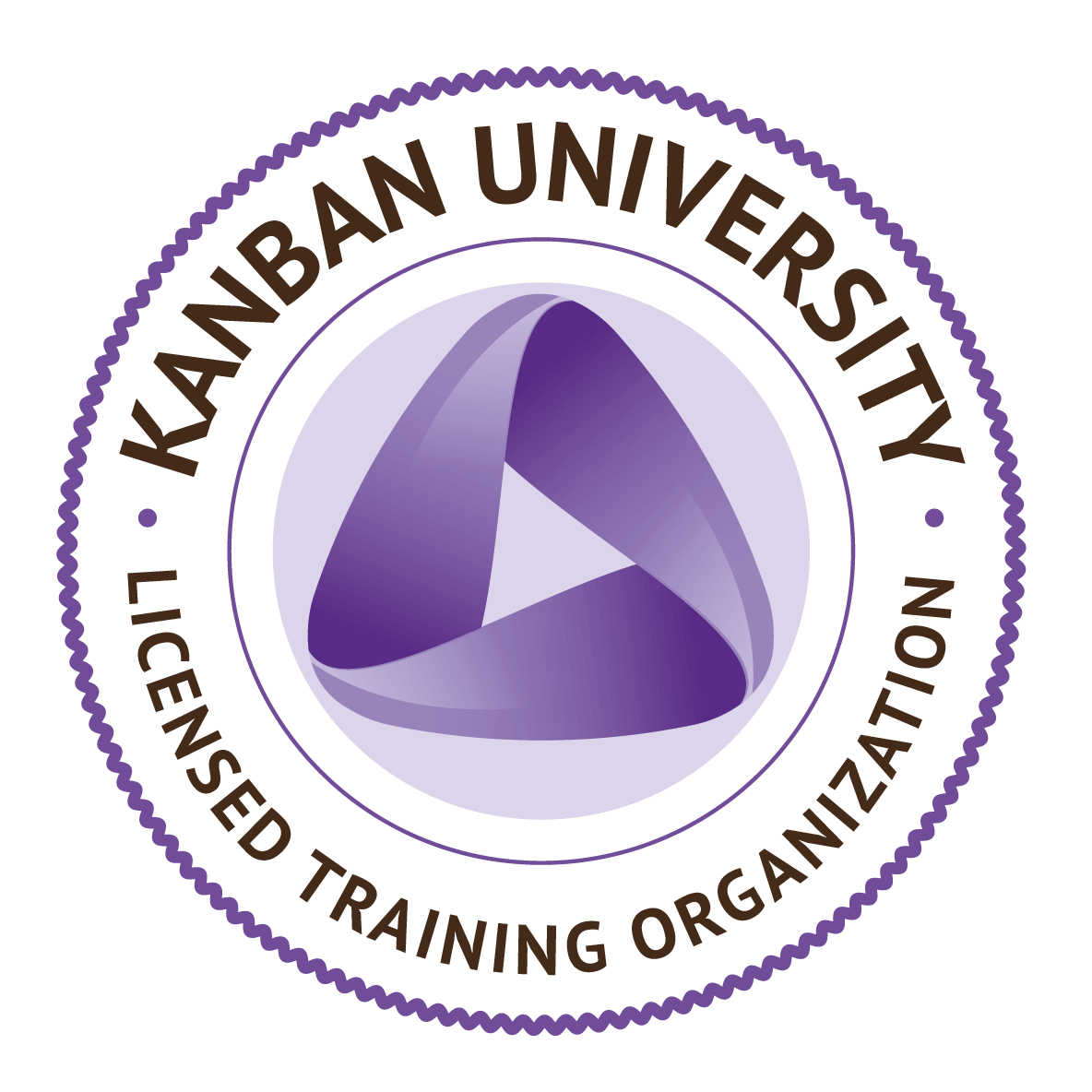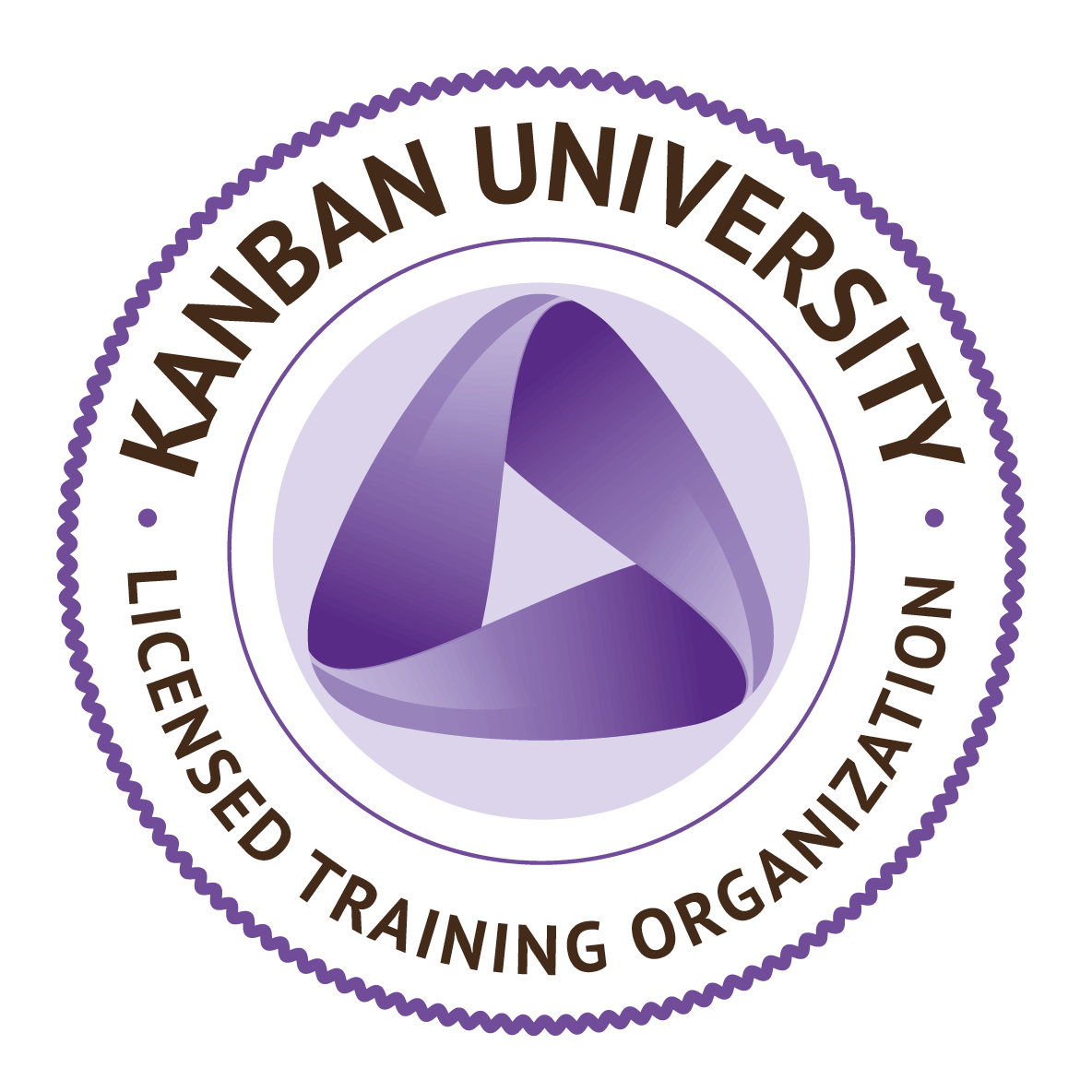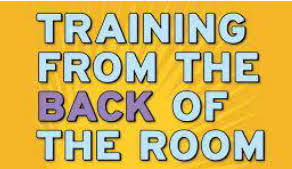A
Automated Build
Automated Build or Build Automation is the process of automating the development of the software build and related processes such as collate computer source code consisting binary code, packaging binary code, and carrying out automated tests.
ATDD is a development methodology that promotes good collaboration between the business and technology group. Many similar methodologies work more or less the same way like Behavior Driven Development (BDD), Example Driven Development (EDD) and Specification by Examples, etc. View More
Antipatterns are practices that are commonly used but ends up showing disappointing or disatrous results. View More
Acceptance Testing
Acceptance tests are formal description of the functioning of a product expressed through an example or use case.
B
Business Agility
Business Agility is the ability to excel in the digital age by swiftly responding to market changes and lucrative opportunities with the help of digitally driven business technology.
Backlog Grooming or Product Refinement is a repetitive meeting where product owners, product managers, and the engineering teams sit to prioritize, enhance, and finalize the items before the sprint planning. View More
Burndown chart is a visual representation of a graph that assesses how much work a development team has done through a user story. View More
The product backlog is a list that contains and prioritizes the details of every little task you require to include in your product. If you want to make any changes to your product, then product backlog is the only source of requirements. View More
Behaviour Driven Development Training (BDD) is a process that promotes collaboration between developers, testers, and customer service personnel during product development. View More
C
Continuous Integration
Continuous Integration is the practice of automating the merge of code changes from numerous developers into a single repository.
CRC Cards
Class Responsibility Collaboration Cards are a brainstorming tool used to design object oriented software.
Collective Code Ownership
Collective Code Ownership is the principle that every team member is allowed to make changes to the code either to repair a bug, complete a task, or improve the entire code structure.
Customer Development
Customer Development is a 4 step framework to validate the customer needs that a business has identified, build a product that satisfies a customer need, testing the right methids to acquiring and retaining customers, and utilize the right resources to fulfill the demand for the product.
Continuous Deployment
Continuous Deployment is a software release process that uses testing automation to verify if the changes to the database are correct and stable for immediate autonomous deployment to a production environment.
D
Definition of Ready
Definition of Ready refers to the stage when requirements are met when a story can be moved from backlog to development.
Definition of Done (DoD) is checklist of items that need to be completed so that a project or task can be declared as ‘Done’. View More
Daily Standup Meeting
Daily Standup Meeting is a daily meeting where Scrum Masters, Product Owners, and the Development team meet to discuss the progress till date.
E
Exploratory Testing
Exploratory Testing is a simultaneous testing where test design and execution is done on the go.
Epic
An Epic is a large task that is broken into smaller chunks called user stories that caters to the needs of the end users.
Estimation in Agile is amount of work needed to complete a prioritized item in the the product backlog. View More
Extreme Programming (XP)
Extreme Programming (XP) is the method of using short sprints to produce quality software and respond to evolving customer needs.
F
Frequent Releases
Frequent Releases mean regular releases so that end users can give critical and valuable feedback.
Facilitator
A Facilitator is an individual who conducts or is given the responsibility to conduct the meeting.
G
Given When Then
Given When Then is a semi-structured way to write use cases. It needs a context (given), so that action is carried out(When) and (Then) a favourable outcome takes place
I
Incremental Development
Incremental Development is an approach where a product is broken into small pieces that are functional called Increments
INVEST
The acronym INVEST stands for Invest, Negotiate, Valuable, Estimable, Small, and Testable. It is a guide to write good user stories.
Iterative Development
Iterative Development is the recurring process of development to improve the product.
Iteration
Iteration in Agile refers to the short time period where a user story is built and tested.
Information Radiators
Information Radiator is the disclosure of descriptive information to all the stakeholders and team members which is updated regularly.
Integration
Integration in Agile Methodology that uses automation, strict version control, and immediate issue resolution to ensure that a stable update is ready for release immediately.
K
Kanban is a workflow management framework that visualizes your work, improves it, and maximizes efficiency. In the Kanban framework, the work items are visually represented on a Kanban board. View More
Kanban Board
A Kanban Board is an agile project management tool created to help envision workflow in your organization. It is a tool to help limit work-in-progress and optimize efficiency.
M
Mock Objects
A mock object is simulated object that imitates the behaviour of the smallest testable parts of application in controlled ways.
Minimum Marketable Feature (MMF)
Minimum Marketable Feature(MMF) is a small, self sustained feature that must be delivered to the end user to gain value.
Milestone Retrospective
A retrospective that takes place at the end of an event or towards the end of a project is known as Milestone Retrospective.
Mob Programming
Mob Programming is a collaborative approach where the whole team works together on the same task, at the same time, in the same space, and in the same computer.
Minimum Viable Product (MVP)
Minimum Viable Product(MVP) is the prototype of a product with basic features released in the market so that early customers can use and provide critical feedback of the product.
N
Niko-niko Calendar
A Niko-Niko Calendar is a visual tool in the form of a calendar used to keep tab of the emotions of a team. It is also called Happiness Index.
O
Open Space
Open Space are participant driven events where a particular issue or question is discussed to find answer to the same.
P
Planning Poker
Planning Poker or Scrum Poker is an agile technique which helps teams predict the effort needed to complete tasks in the product backlog.
Points (estimates in)
A Point or Story Point is an agile measurment metric to estimate the time required to complete a user story.
A Product Owner is a key individual who is responsible for delivering superior quality products to the end users within the deadline. The product owner is tasked with optimizing the business value of a product by creating and maintaining the product backlog. View More
Project Charter
A Project Charter is a short formal document that contains project objectives, project scope, and project responsibilities to seek permission from senior management.
Pair Programming
Pair Programming is an agile technique where two programmers work together in one work place.
Personas
Personas are made up people based on the real stories of your customers.
Q
Quick Design Session
When the team wants a simple design, the developers manage the local design on the go and are on the costant lookout for designs that may have unfavourable consequences as well. When this is case, two or more developers sit together for quick session using a whiteboard with the help of CRC cards.
R
Rules of Simplicity
A set of criteria in the order of priority to determine if the source code is simple and not complicated.
1. The code is validated by automated tests and tests return positive results.
2. The code has no duplication.
3. The code conveys every idea or responsibility individually.
4. The code contains minimum number of components like classes, methods, and lines that comply with the first three criteria.
Relative Estimation is the process of estimating task completion using relative measurement units as opposed to units of time. View More
Agile Retrospective refers to the meeting that is held at the end of an sprint. View More
Refactoring
Refactoring refers to the improvement of the internal structure of a current program’s source code.
S
Scrum is a lightweight framework for building, delivering, and sustaining products in a composite environment. It is a quick, adaptive, and responsive framework that is designed to build products faster and offer value to the customers. View More
Story Mapping
Story Mapping is a technique used in in product ideation, like discovering a new product or new feature in an existing product.
The Scrum Master is responsible for the implementation of the Scrum framework. They ensure that the scrum principles and practices are followed. They eliminate hurdles, conduct meetings, and work with product owners. View More
Story Splitting
Story Spiltting is the division of stories into one user story into smaller user stories.
Sustainable Pace
A Sustainable is a pace that every team functions at and must be respected and adhered to.
Scrum of Scrums
Scrum of Scrums is scaled agile framework.
Sign Up for Tasks
Sign Up for Tasks is an agile term where team members decide what tasks to work on instead being assigned by a reporting manager.
Scrumban
Scrumban is an agile methodology which is the fusion of the best features of Scrum and Kanban.
Sprint Planning is time bound working session which is a duration of 1 hour. It is meeting attended by the Product Owner, Scrum Master, and the Scrum team where the product baclog items that will be worked on during the sprint is discussed. View More
Sprint Backlog
A Sprint Backlog is a list of tasks finalized by the Scrum team to work on during the current sprint.
Simple Design
Simple Design is a method where things are to kept simple. It based on the acronym YAGNI which stands for You Aren’t Gonna Need It.
T
Team Room
The team and the Product Owner has a separate workspace for the duration of the entire project. This exclusive workstation is called the Team Room.
Team
An Agile team refers to the cross functional team which consist of 5-11 members who are responsible for the executing the Agile project.
Three Questions
The daily standup meetings in Agile have the three questions that are constant-What did you work on yesterday? What will you work on today? and Were there any problems that you faced?
Timebox
Timebox refers to the stipulated time period a task is supposed to be completed.
Three Amigos
Three Amigos refers to the meeting of the Product Owner, developer, and Quality tester come toegther to discuss the increment of work before, during, and after the development.
Three C’s
The Three C’s of User Story refers to Card, Conversation, and Confirmation. The Card is written description of the description but not the specific or complete requirements. Conversation refers to the discussion between the Product Owner and the client before the user story is added to sprint backlog for review and approval. Confirmation refers to the acceptance criteria which records the mandatory requirement and converts into test criteria which helps know if the user story is successfully delivered.
Task Board
A Task Board is visual tool used by individuals, teams, and organization to represent work and its path to completion.
Test Driven Development (TDD) refers to the practice of writing a piece of code only if the automated test has failed. View More
U
User Stories
User Story is an aid used in Agile to record the description of software product from the end user perspective.
Unit Testing
Unit Tests are the small pieces of code written by thr developers to validate the source code works.
Usability Testing
Usability Testing in Agile is to assess the product by getting it tested by the users.
Ubiquitous Language
Ubiquitous Language is the practice of developing a rigourous language understood by developers and end users.
User Story Template
User Story Template is the common format to write user stories that will help you add vital piece of information of the user story.
V
Version Control
Version Control, also called Source Control is the practice of changing and making changes to the code.
Agile Velocity is a metric for the mesurement of users stories completed during a given time period. View More


